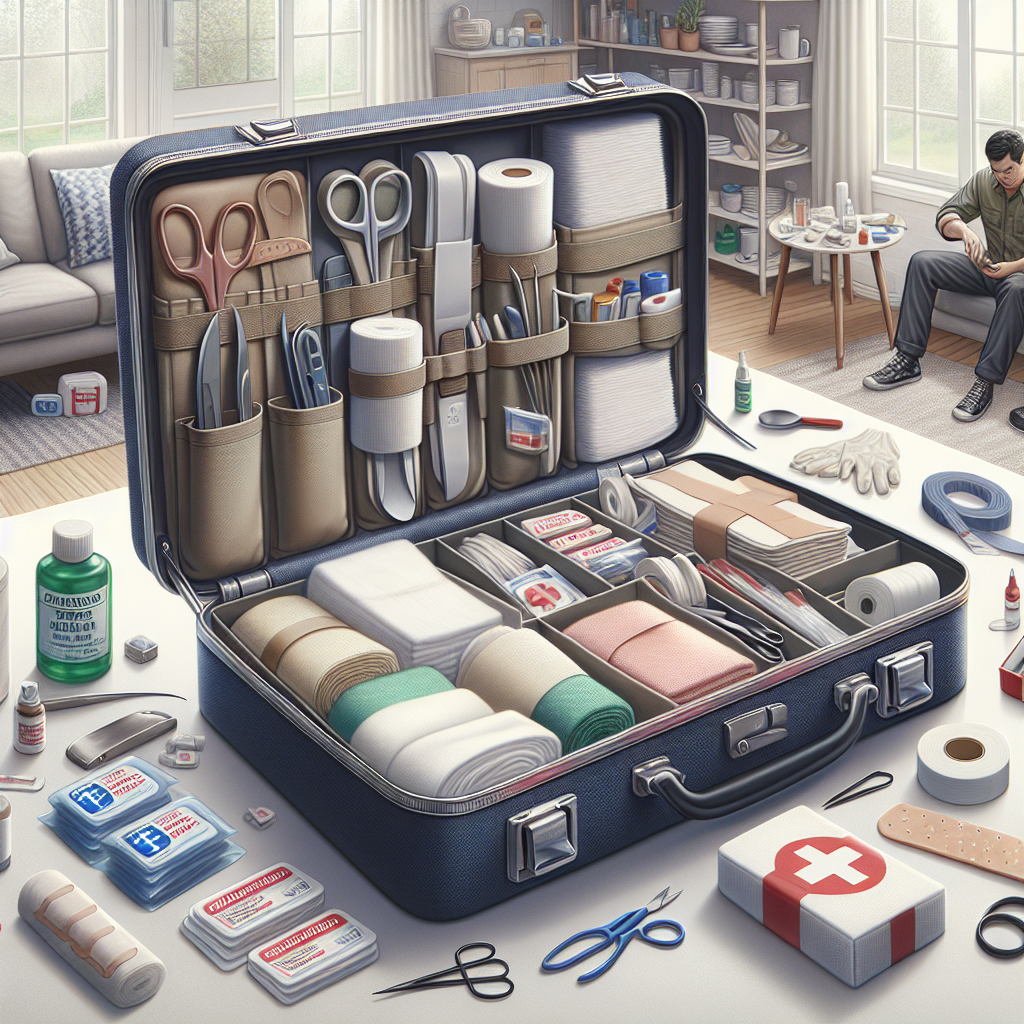Household First Aid Essentials: 5 Tips Every Home Should Know
- Clara Pramono
- Sep 7, 2024
- 2 min read
Accidents are unpredictable occurrences that can happen when we least expect them. Whether it's a small cut, a burn from the stove, or a sprained ankle, being prepared with a well-stocked first aid kit is crucial. However, having the supplies is only half the battle; knowing how to use them effectively could make all the difference in an emergency. In this guide, we'll cover five essential first aid tips that every household should know to ensure the safety and well-being of your loved ones.
Tip 1: Understanding Your First Aid Kit

Having a first aid kit is a great start, but do you know what's inside it and how to use each item? Familiarize yourself with the contents of your kit, such as bandages, antiseptic wipes, gauze pads, adhesive tape, tweezers, and scissors. Understanding how to use these items correctly can help you provide immediate care until professional help arrives.
Tip 2: Dealing with Cuts and Scrapes

For minor cuts and scrapes, clean the wound with soap and water to prevent infection. Apply an antiseptic ointment and cover the cut with a sterile bandage. Remember to change the bandage regularly and keep an eye out for signs of infection, such as redness, swelling, or increased pain.
Tip 3: Treating Burns Properly
In the event of a burn, run the affected area under cool water for at least 10 to 15 minutes to soothe the burn and prevent further damage. Avoid using ice or butter, as these can make the burn worse. Cover the burn with a clean, dry cloth and seek medical attention if it's severe or covers a large area.
Tip 4: Handling Sprains and Strains
For minor sprains and strains, remember the acronym R.I.C.E.: Rest, Ice, Compression, Elevation. Rest the injured limb, apply ice to reduce swelling, use a compression bandage to support the area, and elevate the limb to help with circulation. If the pain persists or the swelling worsens, seek medical advice.
Tip 5: Recognizing Emergency Situations
It's essential to know when to seek professional help. Signs such as difficulty breathing, chest pain, severe bleeding, sudden weakness, or loss of consciousness indicate a medical emergency. In these situations, call emergency services immediately and provide basic first aid until help arrives.
By following these essential first aid tips, you can be better prepared to handle common household injuries and emergencies. Remember, safety comes first, so make sure to stay informed, practice these techniques, and keep your first aid skills up to date.
Stay safe and be prepared!
Remember: Safety first, always!
In conclusion, being equipped with the knowledge of basic first aid can make a significant difference in emergency situations. These five essential tips serve as a foundation for creating a safe environment in your home. Make sure to regularly check and replenish your first aid kit and empower yourself with the skills needed to respond effectively when accidents happen. Your preparedness could save a life!

Comments